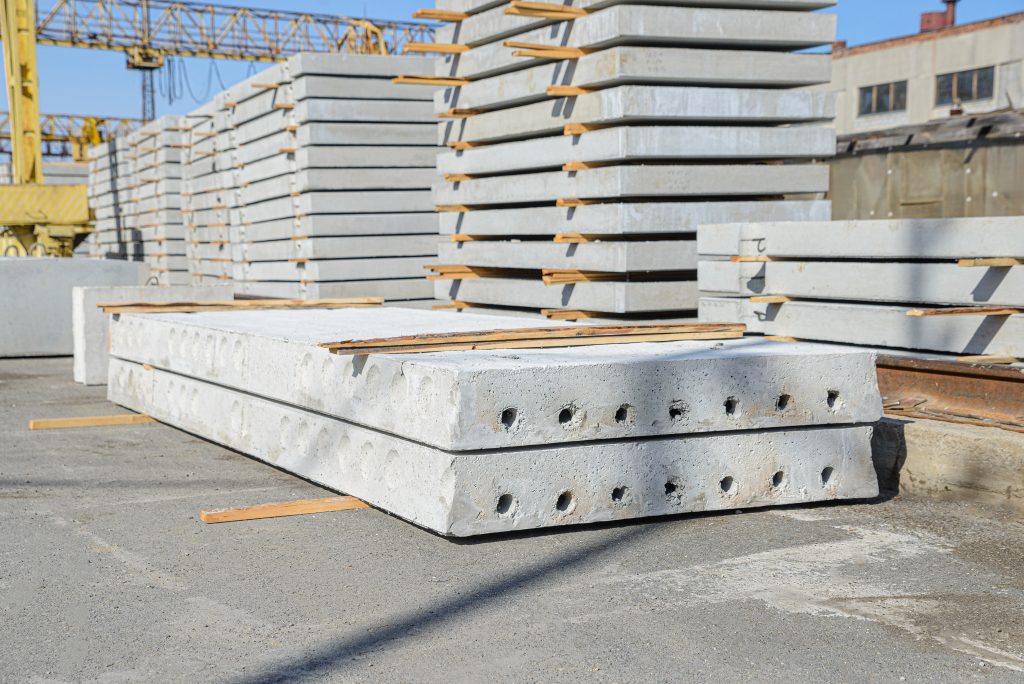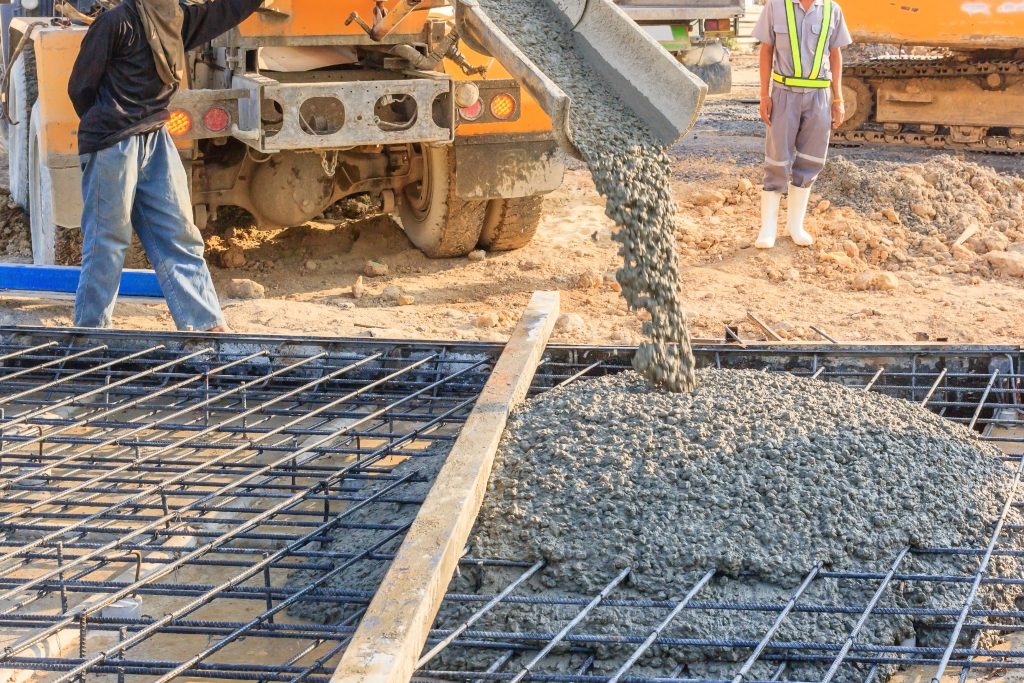Have you ever considered the various kinds of roofing available for your home? Your roof not only protects your property, but it also contributes greatly to its aesthetics and broad appeal. Here, we will look at different types of house roofing solutions, with a particular emphasis on slabs in construction. Understanding the various types of slabs will allow you to make an informed decision when it comes to choosing the best roofing material for your home.
Types of Roofing For Your Home
The following are widely used roofing solutions to protect the occupants:
One-way slab
A one-way slab is a popular alternative for building floors or roofs. It is a reinforced concrete slab that is designed to handle a single direction of load, making it excellent for long, narrow regions.
Two-way slab
A two-way slab is designed to carry heavy loads in both directions and is reinforced to do so. It is widely used in vast spaces where uniform weight distribution is required.
Flat plate slab
It is a flexible alternative that eliminates the need for beams. It is directly supported by columns or caps, which simplifies the construction process and reduces the need for formwork.
Sunshade slab
If you enjoy spending time outside, consider adding a sunshade slab to your home. It provides shade from direct sunshine and can be used to create a comfortable environment on balconies or in outdoor areas.
Bubble deck Slab
This type of concrete slab is constructed by placing prefabricated plastic spheres in the slab. Reinforcement is placed over the plastic bubbles and fresh concrete mix is poured on top. The plastic spheres essentially replace the ineffective concrete in the slab’s centre which typically does not provide much functionality. By replacing the concrete with plastic bubbles, you can reduce the weight of the slab and the overall cost involved.
Sunken slab
Sunken slabs are commonly used in places with plumbing fixtures, such as bathrooms or utility rooms. To accommodate the necessary plumbing infrastructure, they are lower than the surrounding floor level.
Pre-tension slab
These slabs are formed by pouring concrete around pre-stressed steel cables or bars. This approach improves the slab’s strength and stability, making it a good choice for high-load-bearing buildings.
Waffle slab
It has a grid pattern and deep sides, which is an effective way to build wide spans without interruption from columns. It provides strength, flexibility, and an aesthetically unique appearance.
Pitched roof slabs
These are sloped surfaces that are meant to promote excellent drainage and prevent water collecting. They are available in a variety of materials, including shingles, tiles, or metal sheets.
Post-tension slabs
Just like pre-tension slabs, they also use steel cables or bars that are tensioned after the concrete has been set. This approach boosts the slab’s load-bearing capacity and helps to reduce structural concerns.
Room chajja
It is an expanded structure that projects from the building’s face and provides shade and protection from sunlight and rain. It adds an architectural element to your home while also improving its functionality.
Projected slab
This is an extension of the main structure that adds space or architectural flair. It can be used as an outdoor seating area or to improve the aesthetics of your home.
Dome slabs
Such slabs have a curved surface that adds a unique architectural aspect. They offer aesthetic appeal to your home while creating roomy interiors. These dome shaped slabs are reinforced with a steel support structure. Thick concrete is carefully poured using a framework.
Hardy slabs
Much like other slabs, hardy slabs are reinforced concrete slabs that are intended to handle strong weights or industrial purposes. This type of slab is built with hollow bricks to fill thick slab areas, thereby reducing the concrete usage and subsequent weight of the slab. They provide durability, dependability, and a tough surface in harsh conditions.
Hollow core slabs
These slabs have tubular cavities that span out the length of the slab, decreasing weight and concrete usage. They provide superior insulation and structural efficiency, while also acting as service ducts.
Finding the Ideal Roof for Your Home
Choosing the ideal roofing material for your home is an important decision that affects both functionality and appearance. Consider things like durability, maintenance needs, architectural style, and budget. Invest in quality roofing to protect your property, enhance its appearance, and create a comfortable living environment for years to come.
Armed with this knowledge, you are now prepared to make an informed selection of the best roofing material for your home.
Choose from our wide range of cement for slab construction for a durable roof.
FAQs
How do I choose the best roofing material for my home?
When choosing the best roofing material for your home, consider factors such as durability, maintenance needs, architectural style, and budget. By weighing these factors, you can make an informed decision that meets your requirements and preferences.
What are the advantages of using pre-tension slabs?
Pre-tension slabs offer increased strength and stability due to the use of pre-stressed steel cables or bars. This makes them a suitable choice for high-load-bearing buildings.
What is the purpose of lintels?
Lintels are horizontal structural pieces that are placed above doors and windows to distribute and support the load. They are crucial for the stability and lifespan of your home.
What are the benefits of using hollow core slabs?
Hollow core slabs have tubular cavities, which decrease weight and concrete usage. They offer superior insulation, structural efficiency, and a clean aesthetic finish.
What are the different types of roofing materials commonly used for houses?
Common types of roofing materials for houses include asphalt shingles, metal roofing, clay or concrete tiles, slate, wood shakes or shingles, and synthetic roofing materials like rubber or plastic.














